

![]()


![]()
BIG BAND FORMAT SCRAPPED FOR FORMER BIG 8 CKLW-AM SOUND
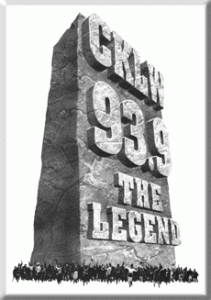 DETROIT — A big chunk of top 40 Canadian/Motor City radio history comes to life at CKLW-FM Detroit (formerly CKEZ), where the “Big 8” format was reinstated last week (May 12). Developed by Bill Drake (as in Drake-Chenault) , the format ran on CKLW-AM when it ranked, with WLS Chicago and WABC New York, as one of the three most-listened-to radio stations in North America at one time.
DETROIT — A big chunk of top 40 Canadian/Motor City radio history comes to life at CKLW-FM Detroit (formerly CKEZ), where the “Big 8” format was reinstated last week (May 12). Developed by Bill Drake (as in Drake-Chenault) , the format ran on CKLW-AM when it ranked, with WLS Chicago and WABC New York, as one of the three most-listened-to radio stations in North America at one time.
That was back in the late 1960s, and CKLW-FM program director morning man Dave Shafer says he is aiming primarily in the 35-40 demo that grew up on the Motown-based format. It appears the return of the “Big Eight” may draw that demo’s children as well. “Already, after just a week,” say Shafer, “we can tell that the younger demos are here.”
Few, if any, jock changes are expected, says Shafer, although he says he’s been chatting with a few original format jocks. The “Big 8” by the way, refers to CKLW’s position on the dial. END.
(Information and news source: Billboard; May 24, 1986).
![]()
THE TOP 35 HITS ON WXYZ ON THIS DATE IN 1966
WXYZ 1270 Detroit Sound Survey; No. 06 issued May 23, 1966 under Lee Alan, Program Director; WXYZ
(WXYZ 1270 Detroit Sound Survey for May 16, this date 1966; survey courtesy the Jim Heddle Collection. For the previous weekly WXYZ May 16, 1966 survey click here).
![]()
‘Ray was a huge part of my life and I will always miss him,’ says Doors guitarist Robby Krieger
By Andy Greene | May 20, 2013 5:50 PM ET
 Doors co-founder and keyboardist Ray Manzarek died today in Rosenheim, Germany, after a long battle with bile duct cancer. He was 74.
Doors co-founder and keyboardist Ray Manzarek died today in Rosenheim, Germany, after a long battle with bile duct cancer. He was 74.
“I was deeply saddened to hear about the passing of my friend and bandmate Ray Manzarek today,” Doors guitarist Robby Krieger said in a statement. “I’m just glad to have been able to have played Doors songs with him for the last decade. Ray was a huge part of my life and I will always miss him.”
From the Archive: Ray Manzarek Opens a New Door
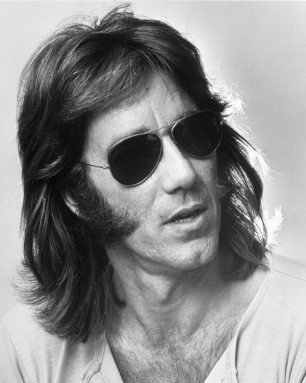
Manzarek grew up in Chicago, then moved to Los Angeles in 1962 to study film at UCLA. It was there he first met Doors singer Jim Morrison, though they didn’t talk about forming a band until they bumped into each other on a beach in Venice, California, in the summer of 1965 and Morrison told Manzarek that he had been working on some music. “And there it was!” Manzarek wrote in his 1998 biography, Light My Fire. “It dropped quite simply, quite innocently from his lips, but it changed our collective destinies.”
They quickly teamed up with drummer John Densmore and guitarist Robby Krieger and began playing gigs around Los Angeles. About a year later, the Doors recorded their debut album for Elektra Records. “We knew once people heard us, we’d be unstoppable,” Manzarek wrote in his memoir. “We knew what the people wanted: the same thing the Doors wanted. Freedom.”
The Doors didn’t have a bassist, so Manzarek often played the bass parts on his Fender Rhodes piano. He also played a Vox Continental organ, which can be heard on the famous intro to “Light My Fire” and numerous other Doors classics. The group shared credit on most songs and split all profits evenly.
The group carried on for two more albums after Jim Morrison died in July of 1971, but they split in 1973. Manzarek remained extremely busy, producing albums for X and playing with Iggy Pop, Echo and the Bunnymen and others. In 2002, he began touring as the Doors of the 21st Century with Krieger and Cult frontman Ian Astbury. Doors drummer John Densmore filed a lawsuit over the use of the name and it lead to a protracted legal battle.
“Morrison required all three of us diving into his lyrics and creating music that would swirl around him,” Manzarek told Rolling Stone in 2006. “Without Jim, everybody started shooting off in different directions. . . The Doors was the perfect mixture of four guys, four egos that balanced each other. There were never any problems with ‘You wrote this’ or ‘I wrote that.’ But [after Jim died] the whole dynamic was screwed up, because the fourth guy wasn’t there.”
(Article print from rollingstone.com online May 20, 2013).
![]()
Former PD KHJ Ron Jacobs Pay LP Homage To Radio Station Greats 1956 – 1962
LOS ANGELES — Something that no deejay should be without is the new “Cruisin ‘Series” on Increase Records and GRT Tapes which feature music and air personalities such as Robin Seymour, WKMH in Detroit from 1956; Joe Niagara, WIBG in Philadelphia from 1957; Jack Carney, WIL in St. Louis from 1958; Hunter Hancock, KGFJ in Los Angeles from 1959; Dick Biondi, WKBW in Buffalo from 1960; Arnie Ginsburg, WMEX in Boston from 1961; and Russ (Weird Beard) Knight, KLIF in Dallas from 1962.
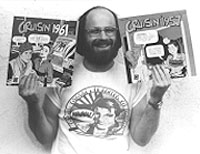
None of those guys are with those stations anymore. What the records/tapes are, of course, are their shows in those particular years — complete with music. They were produced exclusively for distribution by Chess/GRT by Ron Jacobs, former program director for KHJ in Los Angeles. The records have everything, jingles, commercials, and even Arnie Ginsburg’s cowbells or whatever. It nostalgic to listen to them and hear those hits from yesteryear and what radio was all about. We suggest you latch unto some copies for a trip back to those wonderful days of classic American pop radio as it was then one more time. END
(Information and news source: Billboard; July 4, 1970)
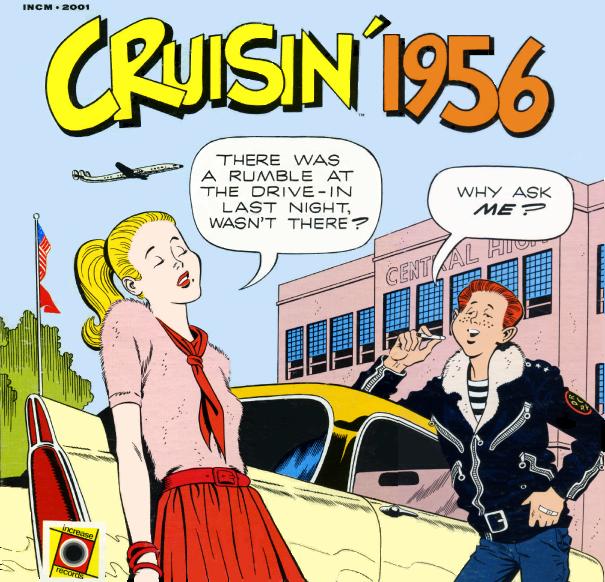
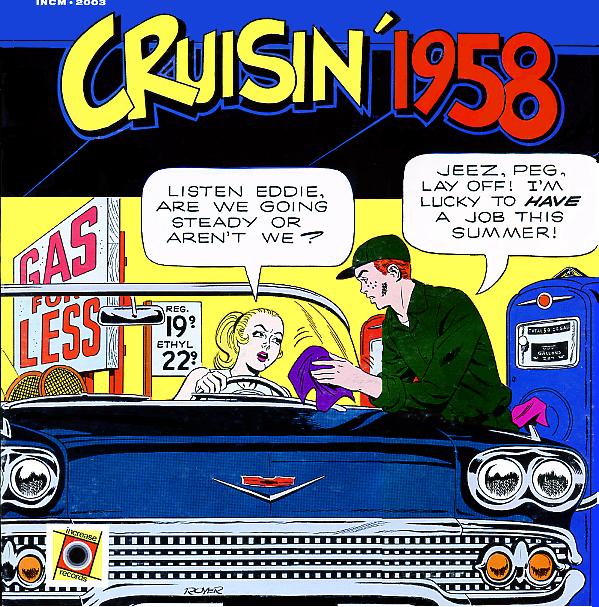
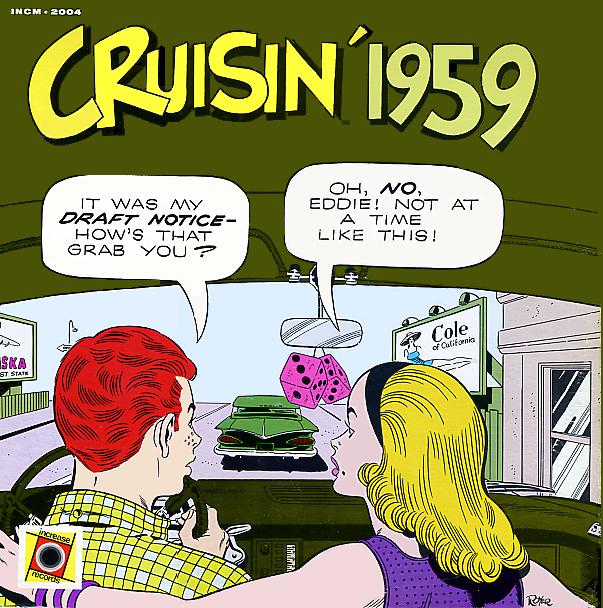
![]()
![]()